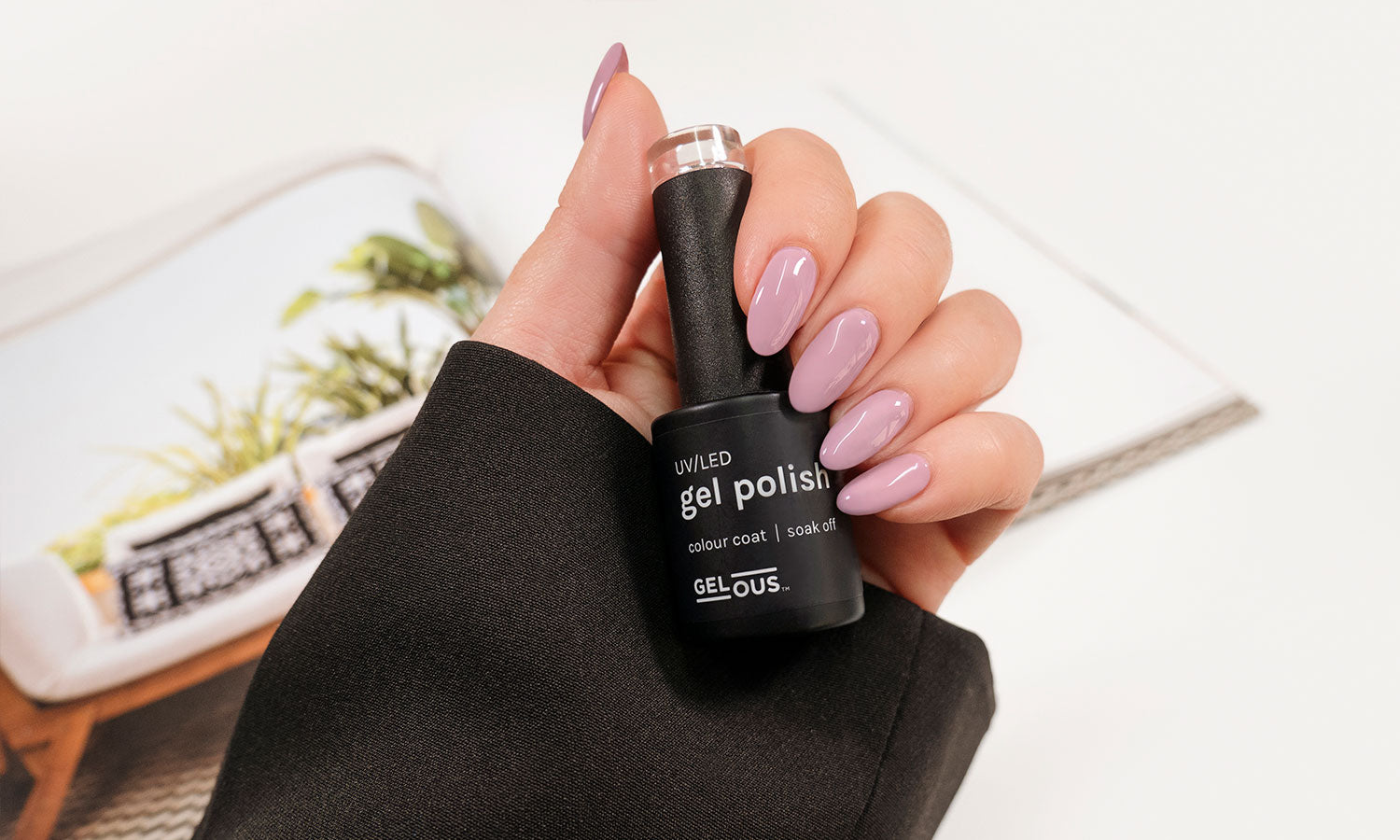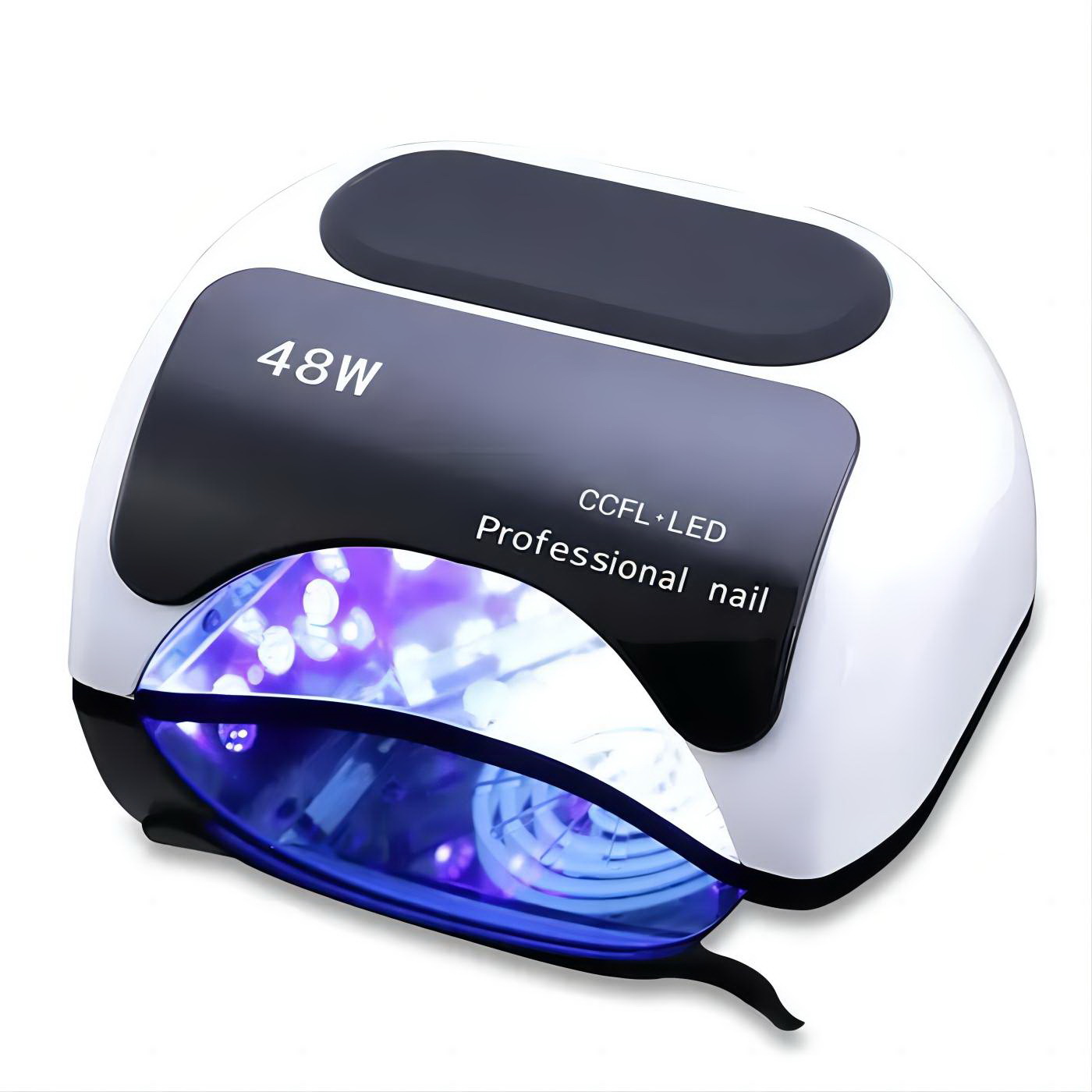
Do LED Nail Lamps Have UV?
In the realm of nail care, the use of LED nail lamps has become a prevalent practice. Are LED nail lamps equipped with UV light? This article delves into the intricacies of their operation, shedding light on the essential aspects you need to know. Let’s embark on a journey to understand the working principles, address concerns about UV radiation, distinguish LED from UV lamps, and guide you in choosing and using these tools safely for a flawless and secure manicure experience. Join us as we unravel the mysteries surrounding LED nail lamps and their impact on your beauty routine. Understanding the Working Principles of LED Nail Lamps LED nail lamps operate on a fascinating principle involving advanced technology. These lamps utilize Light Emitting Diodes (LEDs) to produce specific wavelengths of light, predominantly in the visible spectrum. Below is a breakdown of the basic working principles: LED Technology: LED bulbs contain semiconductor chips that emit light when an electric current passes through them. This controlled emission of light is harnessed for various applications, including nail drying. Wavelengths and Photoinitiators: LED nail lamps emit light in the range of 365 to 405 nanometers, primarily targeting photoinitiators in gel-based nail products. These photoinitiators

